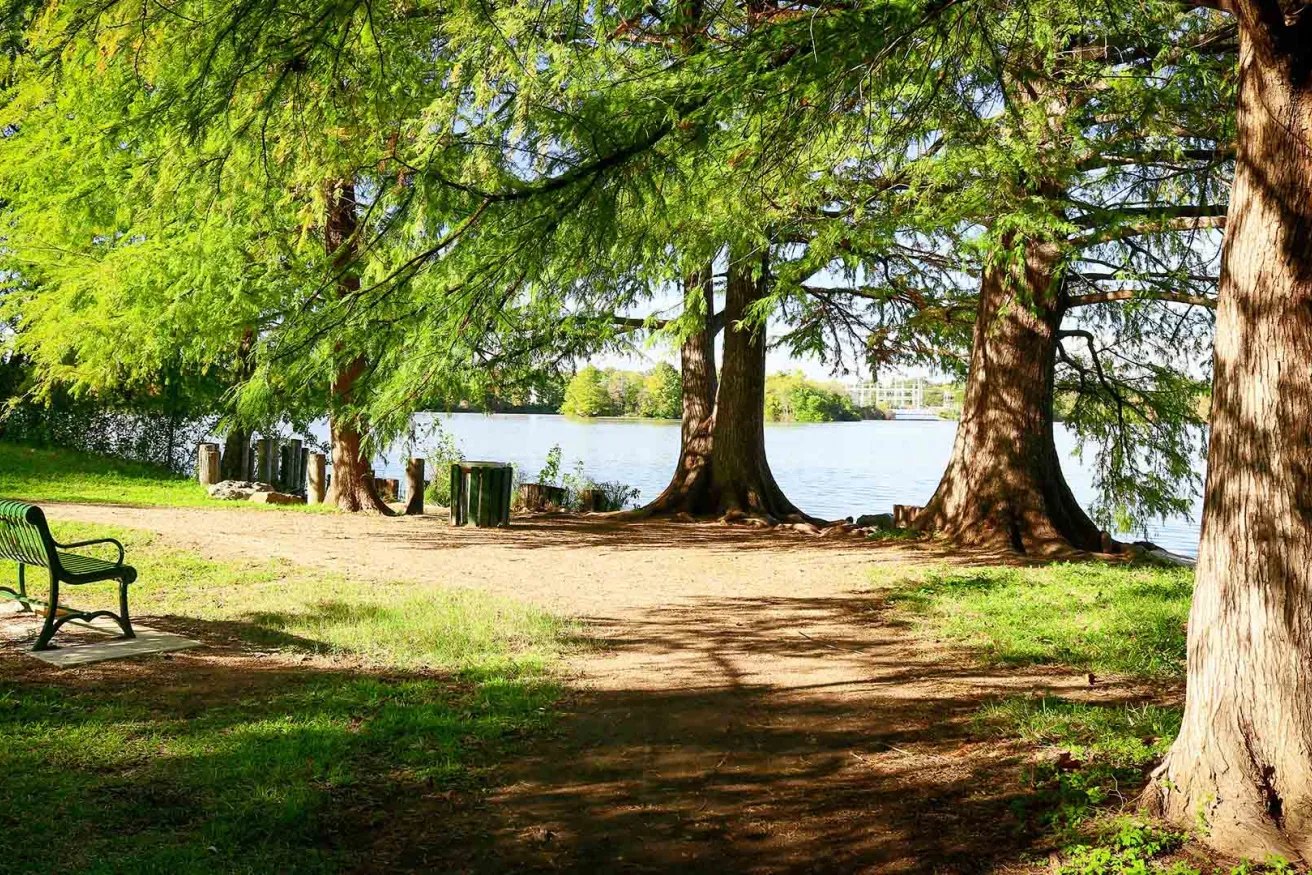Now live: The 2025 Canopy Report. Learn how Americans see trees. GET THE REPORT
The Cool Factor: How Trees Are Combatting Rising Temps
Extreme heat is becoming deadly. But trees in the right place stand strong to shield communities.
June 30, 2025

Across the country, one fact is becoming impossible to ignore: It’s hot — and it’s getting hotter.
Record-breaking heatwaves have Americans experiencing the effects of extreme heat more than ever before. In cities as geographically diverse as Phoenix, Miami, and New York, the number of days topping 100°F has doubled or even tripled over the past 30 years. And according to the National Oceanic and Atmospheric Administration (NOAA), Earth’s 10 hottest years on record have all occurred within the last decade.
This isn’t a looming scenario. It’s a shared American reality — one that’s quickly shifting from uncomfortable to unbearable.
The Urban Heat Crisis
Extreme heat is now the deadliest weather-related disaster in the U.S., killing more Americans each year than hurricanes, floods, and wildfires combined. In urban areas, the threat is magnified by what’s known as the urban heat island effect — a phenomenon caused by heat-trapping surfaces like concrete and asphalt. These materials absorb the sun’s energy and radiate it back into the air, raising temperatures by as much as 20°F compared to surrounding rural areas.
While heat can be dangerous for all Americans, more than 100 million live in areas in need of greater tree canopy. That's nearly a third of the population.
Our tree planting efforts are helping communities beat the heat from coast to coast.
How Trees Help
In cities and towns alike, trees are increasingly recognized as critical infrastructure — not just for beauty, but for survival. As extreme heat becomes more common and more dangerous, especially in urban areas, trees offer one of the most effective and affordable solutions to protect public health. When planted strategically, trees can:
-
Cool neighborhoods by up to 10°F, significantly reducing the risk of heat-related illnesses and deaths, especially among vulnerable populations like children, the elderly, and people with preexisting health conditions.
-
Lower household energy costs by providing shade and reducing the need for air conditioning — a lifeline for low-income households that may struggle to afford rising utility bills.
-
Improve air quality by filtering pollutants, which are often exacerbated by high temperatures and can trigger asthma, heart disease, and other health issues.
-
Absorb stormwater and reduce flooding risks, preventing stagnant water that can harbor mosquito-borne diseases and decreasing contamination in local waterways.
-
Support mental health by reducing stress, anxiety, and depression. Access to tree-lined streets, parks, and green spaces has been linked to improved mood and lower rates of psychological distress.
In fact, the top two attributes people value about trees — according to this year’s Canopy Report — are their ability to clean the air (67%) and provide shade (66%). Additionally, 90% of Americans agree that trees make neighborhoods more livable.
Planting Where It Matters Most
As extreme weather challenges intensify and extreme heat threatens more lives each year, Americans aren’t just calling for action — they’re looking to trees as a proven solution. The science is clear, and the public is aligned: trees have the power to cool our cities, protect public health, and help make communities more resilient.
That’s why the Arbor Day Foundation is helping cities and neighborhoods fight extreme heat from the ground up. Through an unmatched network of local partners, the Foundation is identifying the most heat-vulnerable, low-canopy areas and planting trees where they’ll have the greatest impact — both today and for generations to come.
This is more than a planting initiative. With data in hand and committed partners on the ground, the Arbor Day Foundation is working to bring relief — and resilience — to every neighborhood facing the heat.




















